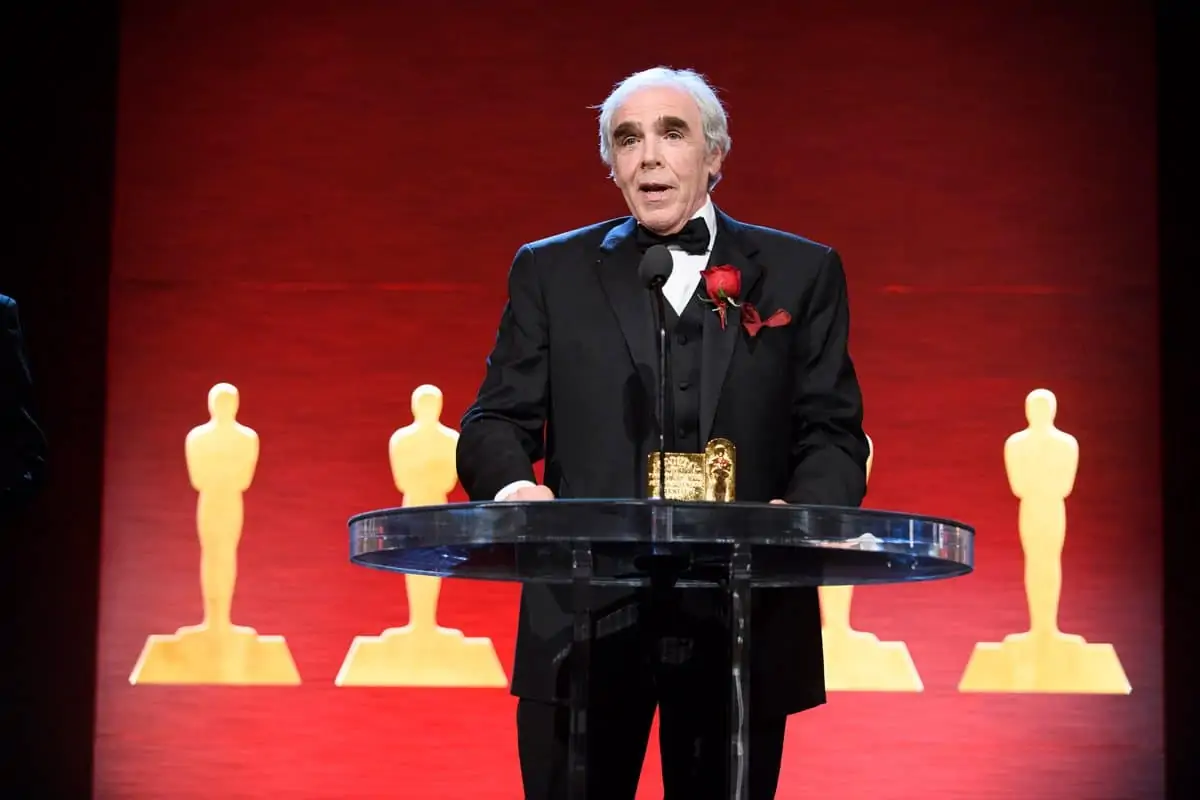The challenging combination of costume characters, miniature photography, motion control and CGI enhancements were all creatively fused in the reboot of UK global children’s classic Teletubbies. New Teletubbies (DHX Media) was shot at Twickenham Studios by DP Simon Reay, who was an operator on the original ‘90’s series. Now, almost twenty years on, the re-version has been produced with the same iconic green hills using a 20:1 scale model of Teletubbyland.
Reay explains the reasoning behind this new approach “The producers were hugely respectful of the original show and wanted to retain the same iconic green-hill world and identical Teletubby costume performances, but without the logistic headache of filming on location. So we had to find a way for the characters to exist in a Teletubbyland that looked real and allowed them to fully interact with their environment. The miniature gave us the perfect setting and CGI was used to enhance and extend this, as well as adding skies and animated flowers, under the supervision of Rob Harvey at Lola Post.”

The live-action set consisted of full-size blue hills on the stage, which the Teletubbies could walk over and run around. These were very specifically configured to match the model. Director Jack Jameson, production designer Ant Howells and DP Reay collaborated on shooting efficiencies, avoiding the full-size hills having to be moved every time the camera changed position on the model. Their solution was to have groups of hills that were repeated three times on the model. In essence, one live action bluescreen set matched three different locations on the model.
Teletubbies was shot on three RED Epic cameras with a variety of lenses all provided by Onsight. Reay explains his choice. “Because each scene generally plays out on one position with very few cuts, A-camera was fitted with an 18mm master prime, giving an horizontal angle of view of 72 degrees [at 5k HD]. This angle was then matched on the model set using a P+S Tecknik T-Rex Borescope, which Onsight sourced for the job from Germany. B-camera used either a 32mm or 50mm Ultra prime.”
The new title sequence carefully replicated the original almost shot for shot. In order to capture this sequence, N-Cam’s Real-time camera tracking system was employed. Data was collected and then scaled-down for the Milo motion control rig to perform the corresponding moves on the model. Malcolm Woolridge and Rob Delicata of The VFXco supervised the moco set-up.

After three months the production switched from the exterior miniature set to the interior world of the Teletubbies – the Home Dome. This dome set was built as an inflatable structure with hard set pieces added. These included a full size working lift, which lowers the Teletubbies down from outside and into their home.
“I knew I had to light for a very wide field of view and to bear in mind that the Teletubbies are big. Tinky Winky is nine-feet tall,” said Reay. “This meant that we were going to see most of the dome in every shot; therefore hiding fixtures within the dome itself was totally impractical. The solution was to light through the structure itself; we did this with an array of nine light maxi brutes positioned around the perimeter of the set. The maxi brutes were perfect as they had the punch to push through the double-skinned dome and then provide a soft source inside. Backlit Translites were positioned outside the windows enabling a complete 360-degree shooting space. The only problem came when trying to shoot sequences where the dome lights up with the respected colour of each Teletubby. The Epic would not read purple correctly; it always came out as blue. So we tested the Alexa, F55 and F65 and they were more or less the same. So I shot a test using 35mm and that rendered the colours perfectly. So we took the decision to shoot these sequences on film [Kodak 5219] using ARRICAM LTs.”












